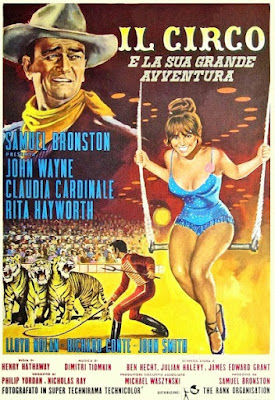B’way farce Sexual Politics, circa 1913, and perfectly horrifying. Filmed twice as a silent (1916, 1920), in this sound iteration director Stuart Walker livens things up with some fancy dissolves & camera tricks in the first reel before giving in to a straightforward filming of this bizarrely dated play.* Here’s the Ad Copy: ‘KIDNAPED! Carried off, struggling, at midnight! Spirited by plane to a lonely hunting lodge! Chained up while her captor laughs! Is it all in fun? You’ll say so when you see “The Misleading Lady” misled into love!’ That’d be bored society gal Claudette Colbert, egging on Edmund Lowe’s infatuation at a weekend party, but only to impress a B’way producer. Humiliated when the truth comes out, the plot turns from romantic misunderstanding (she’s fallen for him for real) to Taming of the Shrew with Lowe stealing her away for some mocking, but surprisingly rough manhandling at his woodsy cabin. Forcibly stripped, chained like a bear, locked in a closet, every gesture symbolic rape with little amusement displayed in Colbert’s shrieks for help. And things only gets worse: a jilted fiancé with gun; a news reporter looking for scandal; a lunatic asylum escapee who thinks he’s Napoleon. It adds up to one of the more distasteful comedies in Hollywood history.
LINK: *From 1913, the original rave review from the NYTimes. Note long time M-G-M father figure Lewis Stone in the Edmund Lowe role as stalwart lead.
https://timesmachine.nytimes.com/timesmachine/1913/11/26/100663520.html?action=click&contentCollection=Archives&module=ArticleEndCTA®ion=ArchiveBody&pgtype=article&pageNumber=11
ATTENTION MUST BE PAID/WATCH THIS, NOT THAT: The last film for Colbert at Paramount Astoria Studios, Queens, NY, and one of the last before Paramount left their East Coast lot. Colbert had better luck there the previous year with Maurice Chevalier & Miriam Hopkins in Ernst Lubitsch’s delicious chamber musical THE SMILING LIEUTENANT/’31.






























